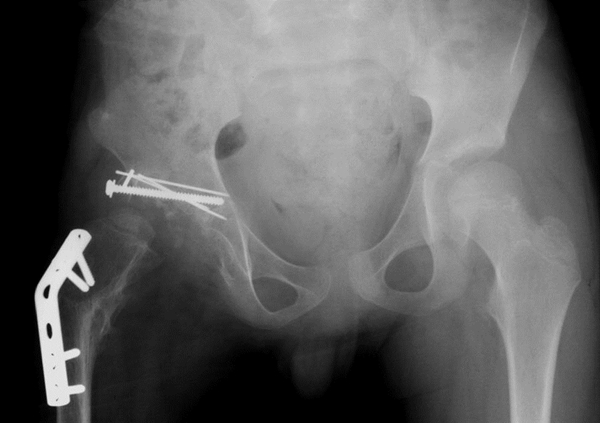


Alexander Selvik Wengshoel doing a performance art piece.
Photo: Courtesy the artist, via Facebook.
A Norwegian artist named Alexander Selvik Wengshoel has kicked his art career into high gear with a stunt that’s equal parts Chris Burden and Hannibal Lecter: He claims he ate his own hip. Born with a deformed hip that kept him in a wheelchair despite several surgical interventions, Wengshoel finally underwent a successful operation at age 21, which involved replacing his hip. Following the surgery, the performance artist, who is now 25, said he took the detached bone bit home, boiled it, and ate the meat along with a glass of wine and potato gratin, the Independent reports.
“When I got home, I sat in my living room and suddenly I had a whim that I should cook the meat,” Wengshoel told Norway’s The Local. “I resolved to have this nice moment, with me and my hip bone. . . . It’s not every day I will have a piece of human flesh which is mine and which is possible to eat. So I had a little taste and then I thought, ‘That’s really nice.'”
Shocking though this act of self-cannibalism may seem, Wengshoel says his meat actually tasted quite good, even a little exotic. “It had this flavor of wild sheep,” he told The Local, “if you take a sheep that goes in the mountains and eats mushrooms.”

An X-ray of Alexander Selvik Wengshoel’s hip following hip-replacement surgery.
Photo: Courtesy the artist, via Facebook.
Documentation of the entire self-ingesting feast is now featured in an exhibition at the Tromso Academy of Contemporary Art—where he is earning his BA. And while many may see Wengshoel’s artistic act of autosarcophagy as little more than a stunt, he claims it was a very empowering experience that grew naturally out of his already body-centric performance art practice.
“It had been so hard to have it in my body, and when I took it out, it turned into something else, something romantic. It was a natural process I felt I had to do to move on,” he said. “I just work with my own body, that is my canvas. . . . Previously I wasn’t given any choice by doctors, but now I can take control myself and decide what I want to do with it.”
Follow Artnet News on Facebook:
Want to stay ahead of the art world? Subscribe to our newsletter to get the breaking news, eye-opening interviews, and incisive critical takes that drive the conversation forward.




